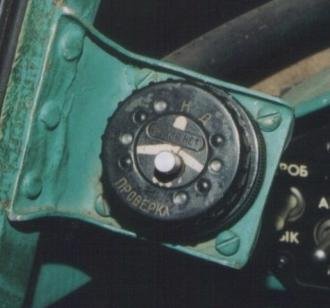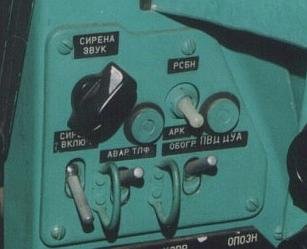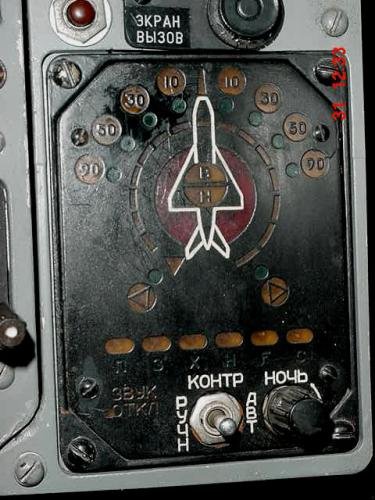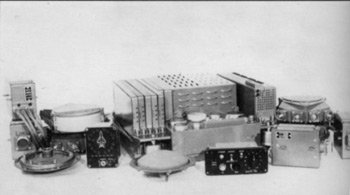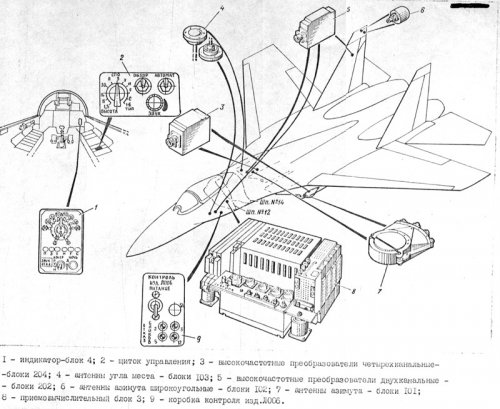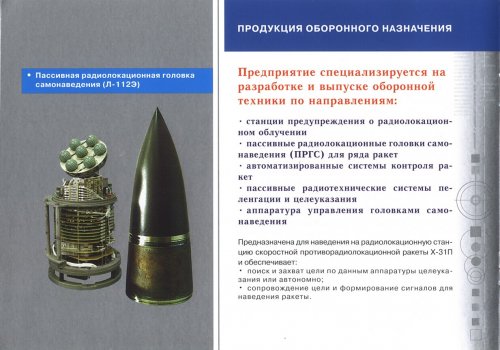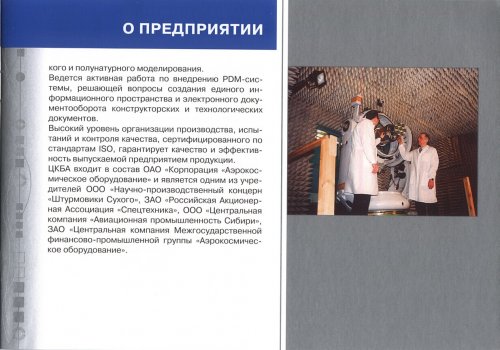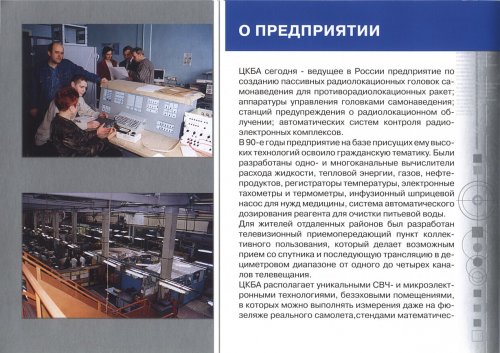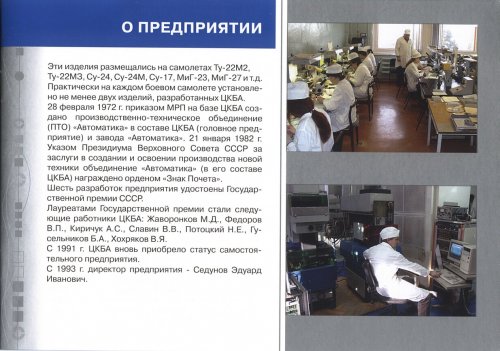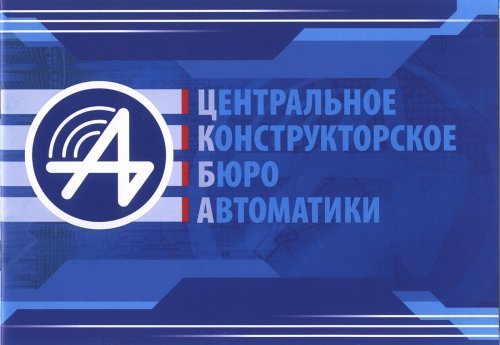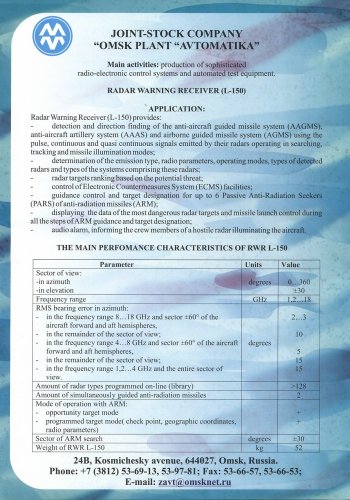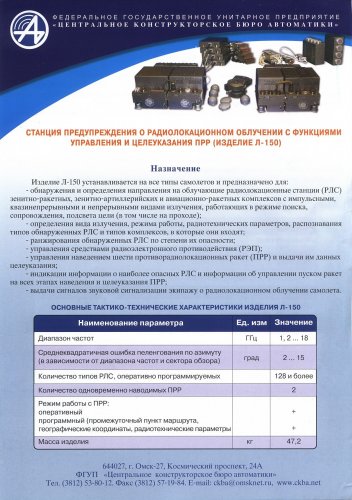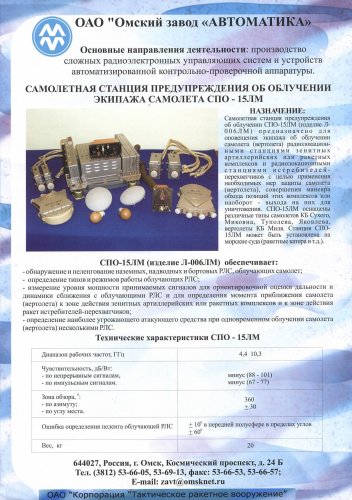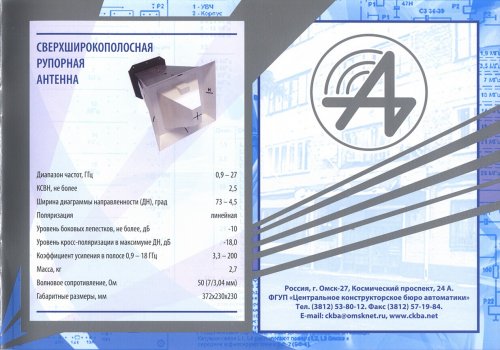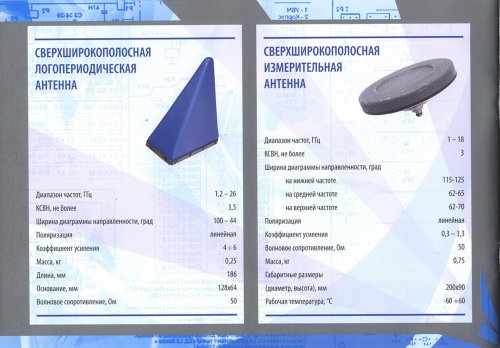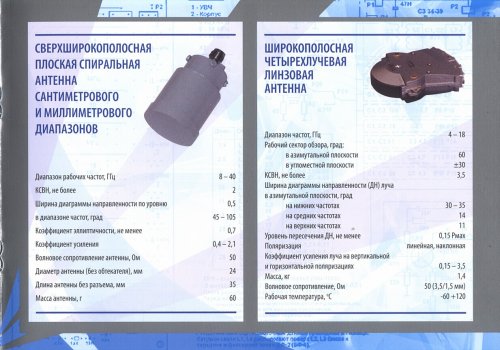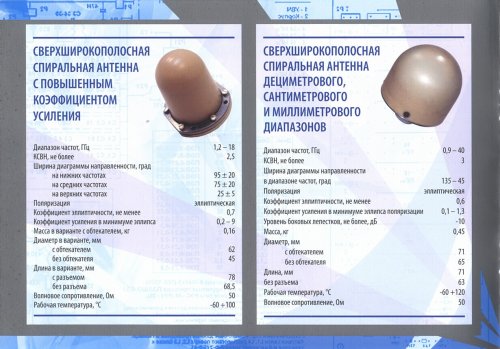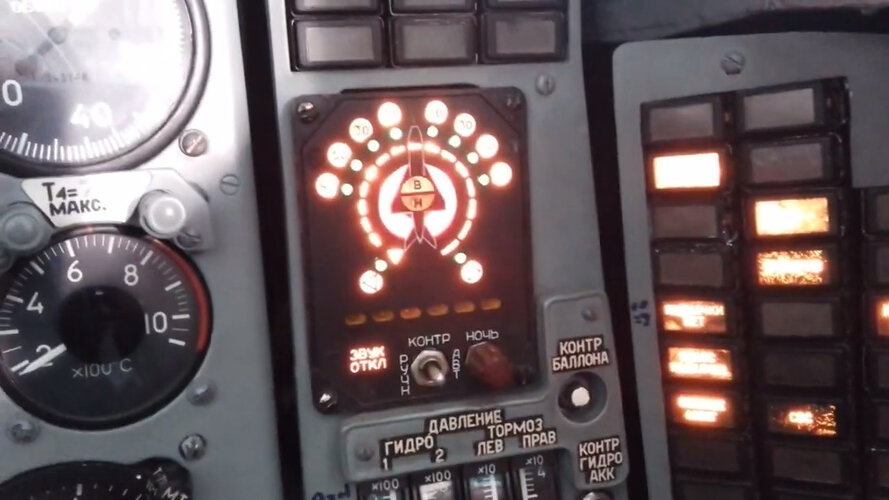Okays, I have finally found some of my "smarter" posts from earlier activity. This one explains basics (as in the manual) about using Sirena-3M RWR and few catches. I guess everyone can picture how earlier models functioned based on this, but still if someone has something first hand sure as hell we'll be glad to hear...
General:
If Sirena3M owner is "lighted" by airborne or ground radar working in frequency Sirena3M is able to receive you will be informed about that by looking into light on display which will determine from where your primary threat is coming, and also you will hear the sound signal.
Catch no 1:
Your home airfield has landing system RSP7 or RSP6 and it is currently turned "on". This will cause all four channels of Sirena3M to activate and signalize threat, as soon as you leave your hangar, and in the air untill you go some 25km from home base. If you are on "Scramble" mission in war condition simply tell the ground crew to turn the bloody thing off.
Threat in "search" mode:
In case Sirena3M owner is "lighted" up by radar in search mode, sound signal as well as visual signal (light on display) will happen according to search period of detected radar.
Determining from where your threat is coming from:
Upper left light is turned "on":
- Your threat is forward left from your current position (1/4-3/4)
Both upper lights are turned "on":
- Your threat is straight ahead (0/4)
Upper right light is turned "on":
- Your threat is forward right from your current position (1/4-3/4)
Both right lights are turned "on":
- Your threat is on your three o' clock (4/4)
Lower right light is "on":
- Your threat is coming behind and right from your current position (1/4-3/4)
Both rear lights are "on"
- Aaarrrgh! He is at your six!!!!
Lower left light is "on":
- Your threat is coming behind and left from your current position (1/4-3/4)
Both left lights are turned "on":
Your primary threat is at your nine o' clock (4/4).
As your threat is closer and closer to you you can expect to hear/see your signals up to three times more often.
Density of your sound signal increases rapidly and your lights are flashing now -> this means that radar of your threat is tracking you now (oh no!)
As distance from your threat decreases finally all channels of Sirena3M will become active (and you won't have plain idea what is going on). This depends on strenght of your threat's radar, thus distance from your threat when this will occur is not fixed.
Checking Sirena3 functionality while in flight:
Turn your radar on, then activate "Kontr" (check) switch. It should report your own radar now. If it doesn't -> Sirena3 malfunctioned.
Ps: It is absolutely delightful that Sirena-3M is tested by removing safeguard while own radar is working. Su27 manual hints that its SPO15 RWR interferes with own radar and own jammer... but more about that when we speak about Su27 stuff...
General:
If Sirena3M owner is "lighted" by airborne or ground radar working in frequency Sirena3M is able to receive you will be informed about that by looking into light on display which will determine from where your primary threat is coming, and also you will hear the sound signal.
Catch no 1:
Your home airfield has landing system RSP7 or RSP6 and it is currently turned "on". This will cause all four channels of Sirena3M to activate and signalize threat, as soon as you leave your hangar, and in the air untill you go some 25km from home base. If you are on "Scramble" mission in war condition simply tell the ground crew to turn the bloody thing off.
Threat in "search" mode:
In case Sirena3M owner is "lighted" up by radar in search mode, sound signal as well as visual signal (light on display) will happen according to search period of detected radar.
Determining from where your threat is coming from:
Upper left light is turned "on":
- Your threat is forward left from your current position (1/4-3/4)
Both upper lights are turned "on":
- Your threat is straight ahead (0/4)
Upper right light is turned "on":
- Your threat is forward right from your current position (1/4-3/4)
Both right lights are turned "on":
- Your threat is on your three o' clock (4/4)
Lower right light is "on":
- Your threat is coming behind and right from your current position (1/4-3/4)
Both rear lights are "on"
- Aaarrrgh! He is at your six!!!!
Lower left light is "on":
- Your threat is coming behind and left from your current position (1/4-3/4)
Both left lights are turned "on":
Your primary threat is at your nine o' clock (4/4).
As your threat is closer and closer to you you can expect to hear/see your signals up to three times more often.
Density of your sound signal increases rapidly and your lights are flashing now -> this means that radar of your threat is tracking you now (oh no!)
As distance from your threat decreases finally all channels of Sirena3M will become active (and you won't have plain idea what is going on). This depends on strenght of your threat's radar, thus distance from your threat when this will occur is not fixed.
Checking Sirena3 functionality while in flight:
Turn your radar on, then activate "Kontr" (check) switch. It should report your own radar now. If it doesn't -> Sirena3 malfunctioned.
Ps: It is absolutely delightful that Sirena-3M is tested by removing safeguard while own radar is working. Su27 manual hints that its SPO15 RWR interferes with own radar and own jammer... but more about that when we speak about Su27 stuff...

